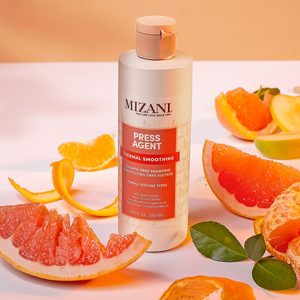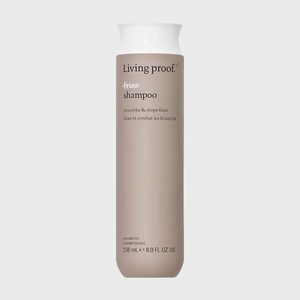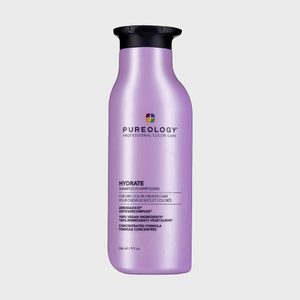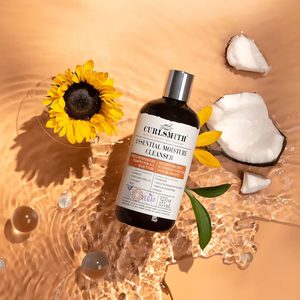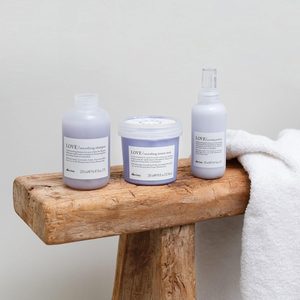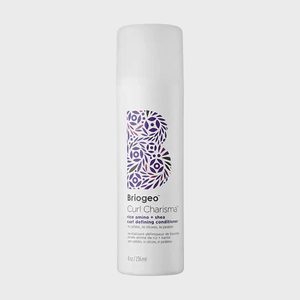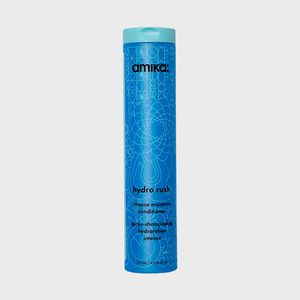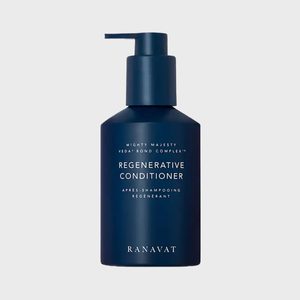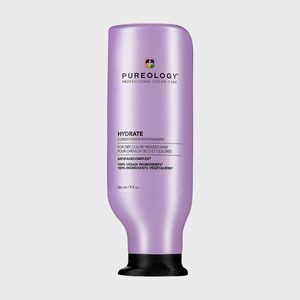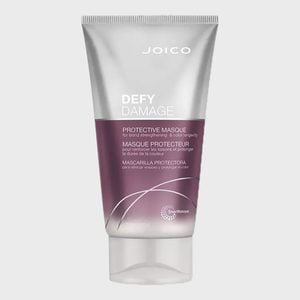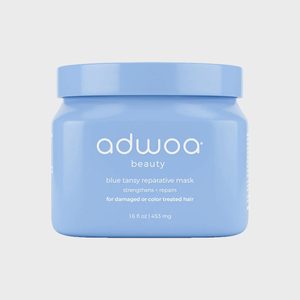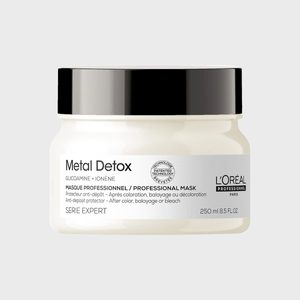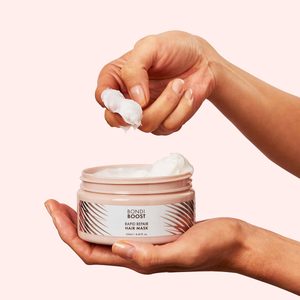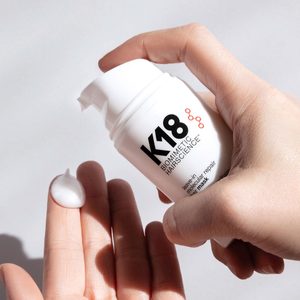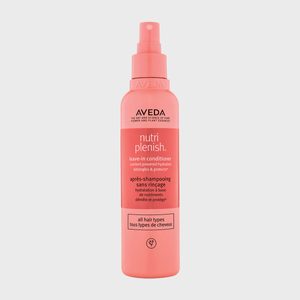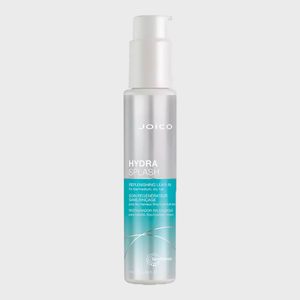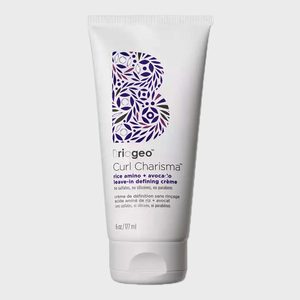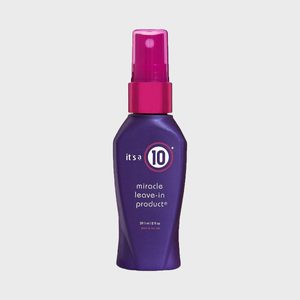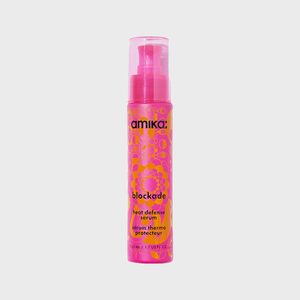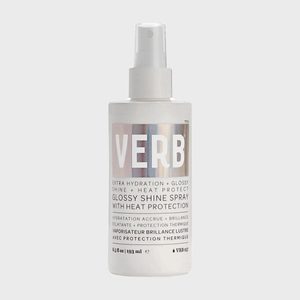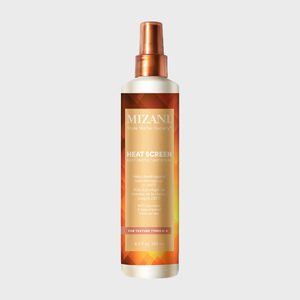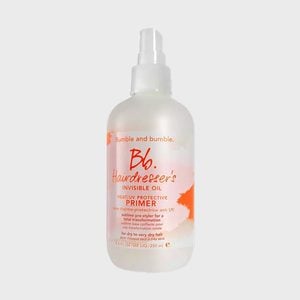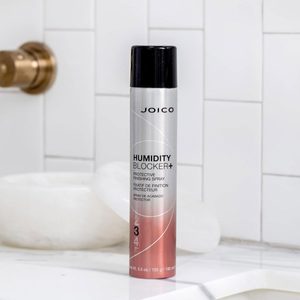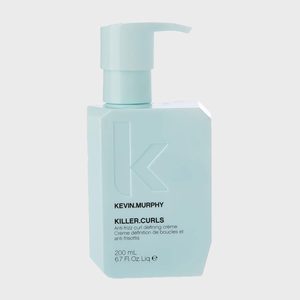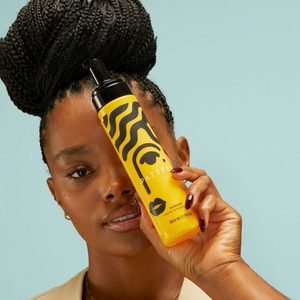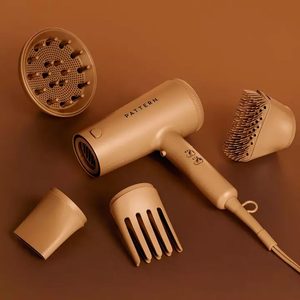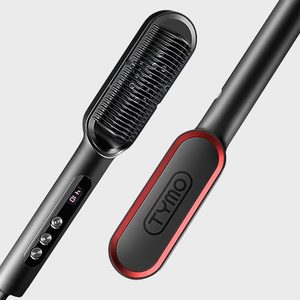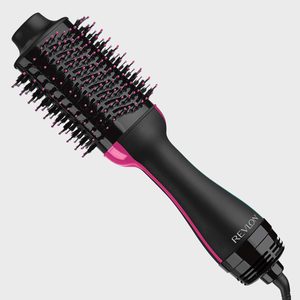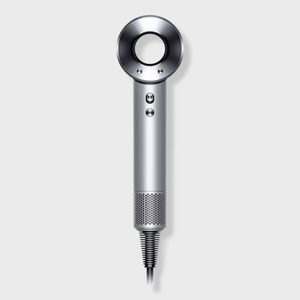How to Get Rid of Frizzy Hair
Updated: Apr. 12, 2024
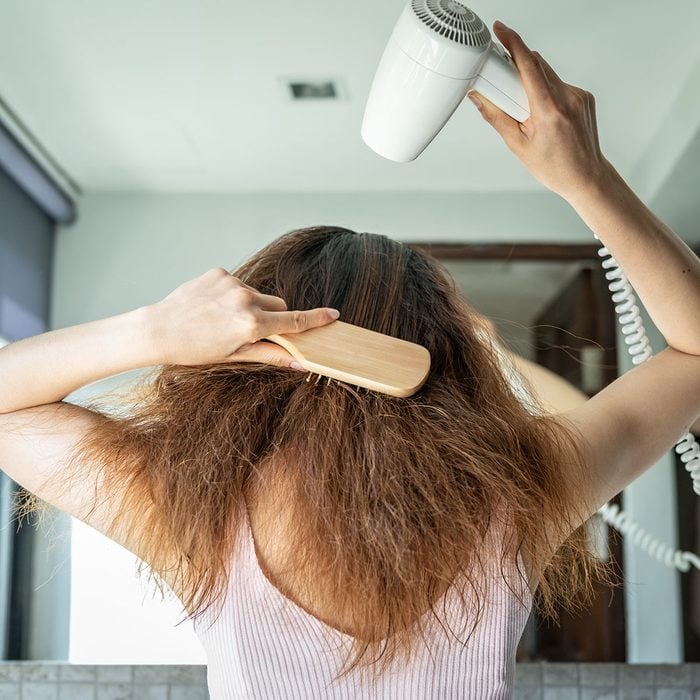
Curious about how to get rid of frizzy hair? Here's a simple, step-by-step guide to getting frizz-free hair at home.
Our editors and experts handpick every product we feature. We may earn a commission from your purchases.
Combating frizzy hair is always top of mind, and there are shelves and shelves of frizzy hair products that promise to rid your strands of frizz with just one use. However, if you don’t know how to get rid of frizzy hair from start to finish, you’ll still be at a loss even if you have what you think are all the right products. The reason for this is frizz starts with hair health.
Like anything worth much-wanted results, there’s a step-by-step process. Fighting frizz is no different. From shampoo to styling, we will take you through the products and steps to frizz-free hair. We promise it isn’t as difficult as it may seem.
What causes frizzy hair?
The causes of frizz are plentiful. For example, if you live in a humid climate, frizz will pop in and say hello. Additionally, Mai Hernandez, a Los Angeles-based hairstylist and Joico artistic educator says dryness, improper products, and heat damage may also be culprits. However, she notes the number one cause of frizz is dehydration.
How to get rid of frizzy hair
Before you start to look for new products and research incessantly about how to get rid of frizzy hair, Hernandez says to start with moisture. So, if deep conditioning masks aren’t on your hair care agenda, it’s time to pencil them in. Additionally, no matter your hair texture, there’s another hurdle standing in the way of frizz-free hair: split ends. Split ends are a visual indicator your hair needs some TLC and makes hair more prone to both frizz and breakage.
Haiya Eliza, owner of the Dallas-based salon HERcurls says a haircut isn’t a fix-all for frizz but notes it undoubtedly helps with the final styling results. “A curly cut or any haircut does not treat frizz,” she tells us. “It’s removing split ends. [However,] moisture treats frizz, and of course, both together will give you your ultimate result.” For curly hair types, she recommends a trim or haircut every three to six months.
One final step in a frizz-fighting hair routine: professional products. Like skincare, investing in products that perform well for your hair is essential, says Hernandez. “A good moisture or hydrating shampoo and conditioner, a leave-in treatment, a wet styler anti-frizz spray and a drop of a lightweight oil,” should be in your collection, according to Hernandez.
Tools and supplies you’ll need
A hydrating shampoo
Now that we know dehydration is the number one cause of frizz, leading with hydration in the first step of your wash day routine is just as valuable as an excellent styler. So what ingredients should your shampoo have? Glycerin, hyaluronic acid and honey. Why? They’re all humectants which means they draw in moisture. Avocado, jojoba and argan oils are also excellent hydrators to look for in formulas depending on your hair type.
We shared the shampoo do’s. However, there are a couple of essential don’t’s: sulfates and harsh clarifiers. “Clarifying agents and certain sulfates will strip your hair [of] moisture and natural oils. Too much use of these will result in dry, brittle and dehydrated hair,” Hernandez shares.
Moisture-boosting conditioner
Now that we’ve got a hydrating shampoo in the mix, what’s next? More moisture, of course. The type of conditioner you use will vary depending on your hair type. For example, for fine, straight hair, a conditioner with hyaluronic acid or glycerin will be better than a product with heavy oils. Alternatively, for thick or curly hair, butter-infused products (think: shea and jojoba butter) are incredibly moisturizing, especially for low-porosity hair.
A hair mask
Masking strands isn’t just a self-care ritual. Taking this extra step (and adding heat) helps the good stuff in the hair mask penetrate the hair cuticle creating a nourished canvas for styling. Over-hydrating does more harm than good, so a weekly deep condition is often more than enough for most hair needs.
A leave-in conditioner
There might be some temptation to skip a leave-in after all the moisture-boosting. Not so fast. For color-treated, dry, damaged or frizz-prone hair, leave-ins are a must. This also applies to curly and natural hair, which craves more moisture.
A heat protectant
A heat protectant is a no-brainer for protecting hair from heat damage. But to address frizz, Hernandez says snagging one with an “anti-frizz element” adds an extra layer of protection from frizz.
The right stylers
For straight hair, Hernandez shares her styler steps for avoiding frizz post-straightening:
- Anti-frizz spray
- A heat protectant with an anti-frizz element
- A drop of lightweight oil
For curly hair types, this will look a little different. Unlike straight hair, a few extra variables are in play when carving out the right stylers, including hair texture, density and porosity. For example, my 4-type hair only needs a honey-infused leave-in conditioner, and I rotate between Innersense I Create Hold gel and Oribe Curl Gelée.
The key to keeping my curls frizz-free and defined is layering my products on soaking-wet hair (a tip I learned from my curly hair stylist). For some curlies, a leave-in, a curl cream and a mousse is the right remedy. Be sure to always select products that work for you and your hair needs for the best results.
Good tools
Hernandez says that selecting the right brush for straight hair for at-home blowouts is a game-changer. Whether you opt for a ceramic or boar bristle will depend on your hair texture.
For curly hair, Eliza says the quality of your blow dryer and diffuser makes an impactful difference. Her go-to is the Dyson dryer and diffuser. “[The Dyson] is engineered to protect the hair against heat damage for smooth, shiny styling,” she tells us.
We know a Dyson is a splurge, so we asked what we should look for if we can’t invest in one yet. Eliza says “multiple heat and speed settings, a cool shot and a diffuser attachment” should all be available. The Pattern Blow Dryer is among my favorites as it has multiple heat settings and speeds, and the attachments lock in place, which is such a small detail, but so important if you have thick hair like me—and it’s under $200.
FAQ
Why is my hair so frizzy and poofy?
Frizzy hair has many culprits. The main one is dehydration. So, it’s likely time to give your hair much-needed moisture with a hydrating shampoo and conditioner before applying frizz-busting styling products.
How do you fix frizzy hair naturally?
Interested in how to get rid of frizzy hair naturally? Hernandez says introducing moisture back into the hair is the key.
What hair types are prone to frizz?
“Curly hair tends to be on the dryer side, making it more prone to frizz as well as hair that has been chemically treated,” Hernandez tells us. “Also, your environment plays a big part in this. People who live in a hotter climate and enjoy the outdoors (with more sun exposure) will likely have dry or dehydrated hair.”
Next, learn if shampoo expires and what happens if you use it after the expiration date.

